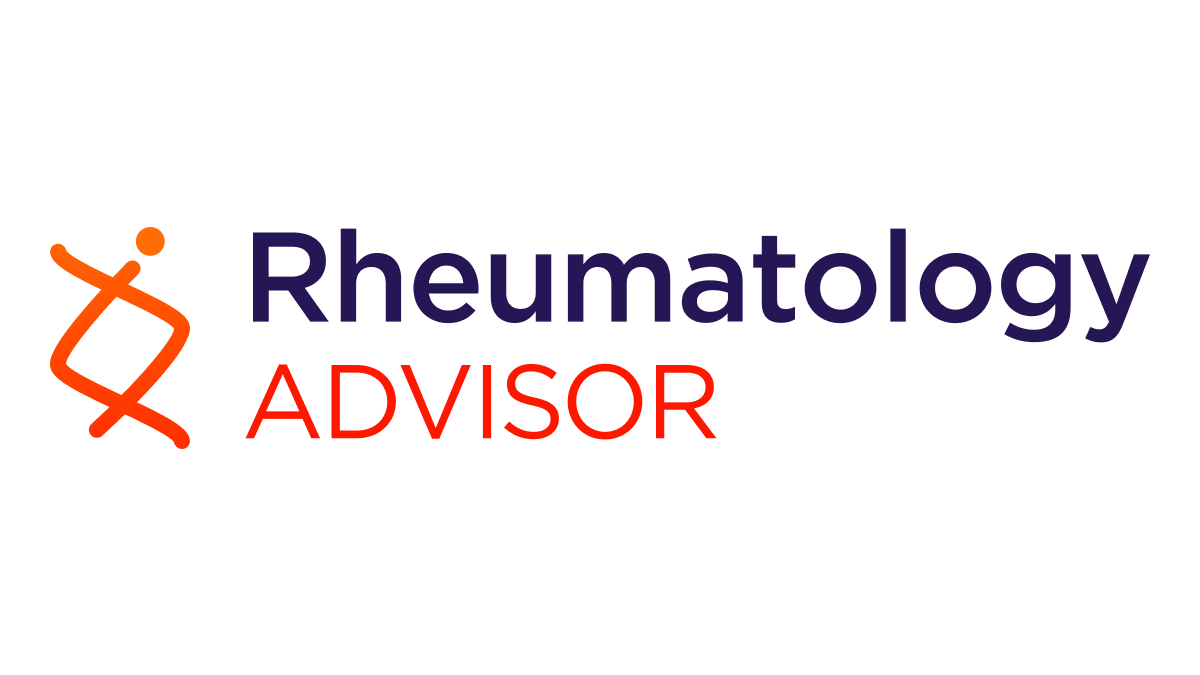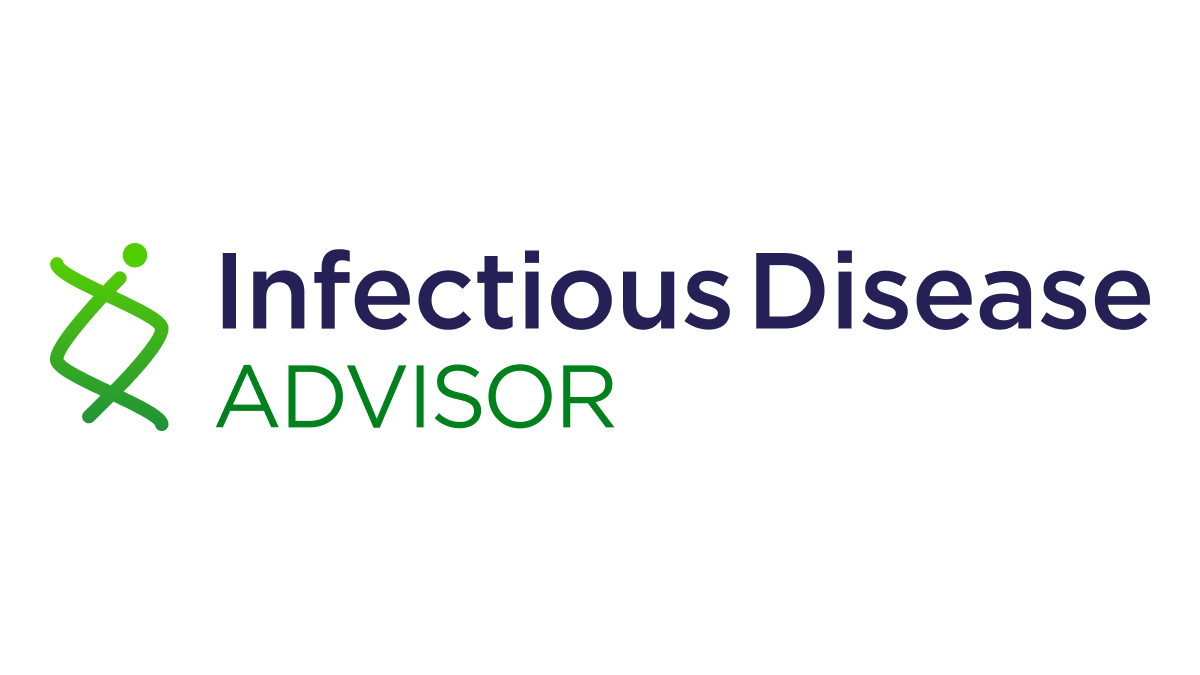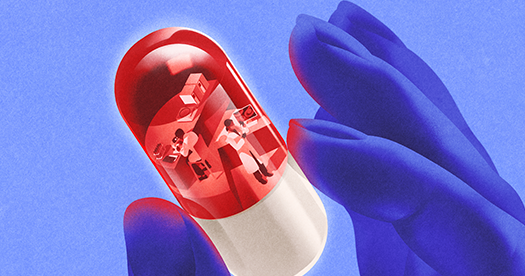Introduction
The pupillary light reflex (PLR) is an autonomic circuit that adjusts pupil diameter to ambient luminance. Cones signal through ON cone bipolar cells, while rods connect via rod bipolars and the AII amacrine relay1 into the ON…

The pupillary light reflex (PLR) is an autonomic circuit that adjusts pupil diameter to ambient luminance. Cones signal through ON cone bipolar cells, while rods connect via rod bipolars and the AII amacrine relay1 into the ON…

Aortic dissection (AD) is a rare yet catastrophic cardiovascular disease, characterized by a tear in the intimal layer of the aorta, which leads to the separation of the aortic wall layers and disrupts blood flow to vital organs.1 In…

The global burden of valvular heart disease continues to evolve, with rheumatic heart disease (RHD) remaining a leading cause of mortality in low- and middle-income countries, while nonrheumatic valvular heart disease (NRVHD) is…

Advances in HIV care have shifted its status from a deadly disease to a chronic condition. In fact, cancer has become one of the leading causes of death for people living with HIV, a trend driven by the burden of AIDS-defining…

Immunization strategies targeting COVID-19, respiratory syncytial virus (RSV), and influenza demonstrate continued safety and effectiveness, according to study findings published in the New England Journal of Medicine.
In…

Despite decades of basic research, many neurological and psychiatric conditions lack effective treatments, or at least treatments that work for everyone. For that reason, when I talk with colleagues about the value of research, I…
Murdoch University researchers have given an update on their investigation into the mysterious neurological syndrome affecting magpies in Western Australia.
In April 2025, Murdoch University partnered with WA…